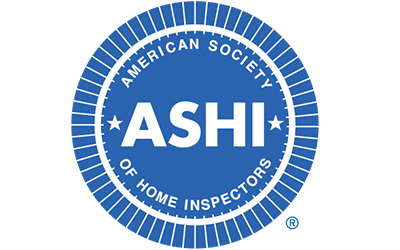Buying A House With An Underground Oil Tank

If you are a first-time home buyer in Florida and are concerned about a buried oil tank underneath your home, you have every reason to be. Buried oil tanks are a common problem in the United States. Florida has 2.7 million oil tanks buried underground. The tanks can leak and pollute your sewer and septic lines and become a more significant hazard causing environmental damage, which is why it’s essential to take the necessary precautions to avoid these problems.
The history of buried oil tanks in Florida can be traced back to the 1930s. In this period, homes were heated by furnaces that used oil tanks as fuel. Oil tanks were kept buried for risk of theft and their unsightliness. In the 1960s, people started to use natural gas lines, and abandoned oil tanks were no longer needed. These old tanks were then left buried.
Homeseller Ordeal While Selling A House With An Oil Tank
It has been noticed that oil
tanks are a growing concern not just for homeowners but also for sellers. Sellers find it very difficult to
sell properties with these tanks buried under them. Not only are oil tanks a safety concern, but the cost to
remove these tanks is enormous, and buyers have started turning away potential sellers who are selling a
house with an oil tank. Buyers are not just taking the homeowner’s word but going for a home inspection from
professional Jacksonville home inspectors to
discover the hidden truth.
So why are oil tanks such a scare for home buyers? In many cases, if the tank is located inside the property, it can make your home harder to sell or worth less to a potential buyer. In some cases, the mortgage lender may not make the loan because they are concerned that they cannot service the property, and there could be complications with getting to the closing table and finishing up on time. An underground oil tank can increase your insurance policy premiums if you want coverage.
New buyers in the market want absolutely nothing to do with an oil tank on the property. They are not interested in getting soil tests done and want the tank to be removed by the seller before the closing.
When buying a home, there are some terms that buyers might want a seller to agree to if they have an oil tank in their home. One of these terms is the oil tank removal part of the term. If a seller refuses to remove their oil tank when selling their home, buyers usually walk away from the deal.
Risks Associated With Buried Oil Tanks
The most common problems associated with buried oil tanks include corrosion and leakage, leading to soil contamination around the house. There also is an added risk of fire or explosion. Corrosion occurs when water seeps into the tank and starts eating away at its metal surface. Oil or gas leakage can happen when there is a crack or hole in the tank that allows liquid to escape into soil or water. Fire or explosion can occur when gas leaks from a tank and reaches an ignition source causing an explosion that could lead to injury, property damage, etc.
In Florida, the state has a law that requires tanks to be buried at least 20 feet below ground level and at least 200 feet from any property line.
Signs A Home Has An Oil Tank Buried Under It
With the growing oil tank concern, many homeowners are looking to see if they have an underground oil tank under their property. Here are some signs that you might have one.
– You smell gasoline or natural gas in your home
You may have noticed strong gasoline or natural gas smell in your home. This can be alarming if you do not know the odor’s source. Gasoline, in particular, has an odor that is easy to notice and distasteful. Natural gas also has an identifiable scent that can signal an issue with your system.
– There is a visible pipe protruding from the ground near your property
Underground oil tanks have two pipes: a fill pipe used to fill the tank with oil, and a vent pipe, which allows oxygen in and gas out. If you notice strange-looking pipes protruding from your property, it could signify that an underground tank lies hidden under your house.
– If you notice oil spills on your property
In the event of an oil spill, it is essential to know where it is coming from. This can be done by conducting a visual inspection of your property. If you notice any unusual stains or cracks in your driveway, soil, or property line, it may be time to check for a hidden oil tank.
– Patchy Brown Yard
If you have a brown patch in your yard that never grows grass, there is a chance you have an oil tank leaking. When the tank leaks, it can seep through the ground and create an undesirable environment lacking oxygen in which plants cannot grow
If you have concerns about your home or business and believe you may have an underground tank, please get in touch with the best Jacksonville Home Inspectors to thoroughly inspect your property.
On the other hand, if you are buying a home, you might want to find out if there are oil tanks on the property. A professional home inspector will use high-grade equipment to detect any oil tanks on the property and then provide a report with detailed information about them. This is one of the many things a professional home inspector can do for you.
A professional inspection may also provide good oil tank removal services to remove any oil tanks from the property. Removing an oil tank might vary depending on where it is located. Still, it usually involves digging out the soil around it and filling the hole with concrete or asphalt so that no one can access it anymore.




